[{"id":3452,"link":"https:\/\/sfb1601.astro.uni-koeln.de\/next-sfb-1601-colloquium\/","name":"next-sfb-1601-colloquium","thumbnail":{"url":"https:\/\/sfb1601.astro.uni-koeln.de\/wp-content\/uploads\/2025\/01\/025_Poster_Colloquium_A1_SS-e1743581722775.png","alt":"Poster Kolloquium 2025"},"title":"SFB 1601 colloquium: Fatemeh Tabatabaei \"Unveiling role of thermal and nonthermal processes in structure formation and evolution of galaxies\" (15.7.25)","author":{"name":"admin","link":"https:\/\/sfb1601.astro.uni-koeln.de\/author\/admin\/"},"date":"Jul 8, 2025","dateGMT":"2025-07-08 12:33:29","modifiedDate":"2025-07-08 14:33:32","modifiedDateGMT":"2025-07-08 12:33:32","commentCount":"0","commentStatus":"closed","categories":{"coma":"<a href=\"https:\/\/sfb1601.astro.uni-koeln.de\/category\/colloquium\/\" rel=\"category tag\">colloquium<\/a>","space":"<a href=\"https:\/\/sfb1601.astro.uni-koeln.de\/category\/colloquium\/\" rel=\"category tag\">colloquium<\/a>"},"taxonomies":{"post_tag":""},"readTime":{"min":1,"sec":12},"status":"publish","content":"The next SFB-colloquium will be on July 15 at 2 pm in the Lecture Hall III of the Physics Institutes in Cologne.Fatemeh Tabatabaei from the Institute for Research in Fundamental"},{"id":5651,"link":"https:\/\/sfb1601.astro.uni-koeln.de\/new-program-of-the-public-observatory-cologne\/","name":"new-program-of-the-public-observatory-cologne","thumbnail":{"url":"https:\/\/sfb1601.astro.uni-koeln.de\/wp-content\/uploads\/2023\/09\/qr_vswk-logo2022-vertikal-copy.jpg","alt":""},"title":"New Program of the Public Observatory Cologne","author":{"name":"admin","link":"https:\/\/sfb1601.astro.uni-koeln.de\/author\/admin\/"},"date":"Jul 7, 2025","dateGMT":"2025-07-07 13:53:38","modifiedDate":"2025-07-07 15:54:01","modifiedDateGMT":"2025-07-07 13:54:01","commentCount":"0","commentStatus":"closed","categories":{"coma":"<a href=\"https:\/\/sfb1601.astro.uni-koeln.de\/category\/public-outreach\/\" rel=\"category tag\">Public Outreach<\/a>, <a href=\"https:\/\/sfb1601.astro.uni-koeln.de\/category\/science\/\" rel=\"category tag\">Science<\/a>, <a href=\"https:\/\/sfb1601.astro.uni-koeln.de\/category\/uncategorized\/\" rel=\"category tag\">Uncategorized<\/a>","space":"<a href=\"https:\/\/sfb1601.astro.uni-koeln.de\/category\/public-outreach\/\" rel=\"category tag\">Public Outreach<\/a> <a href=\"https:\/\/sfb1601.astro.uni-koeln.de\/category\/science\/\" rel=\"category tag\">Science<\/a> <a href=\"https:\/\/sfb1601.astro.uni-koeln.de\/category\/uncategorized\/\" rel=\"category tag\">Uncategorized<\/a>"},"taxonomies":{"post_tag":""},"readTime":{"min":0,"sec":33},"status":"publish","content":"The spring program of the Public Observatory Cologne is online. Please have a look at their website or here: https:\/\/sfb1601.astro.uni-koeln.de\/volkssternwarte\/ The Public Observatory Cologne is a private institution which is run by the"},{"id":6260,"link":"https:\/\/sfb1601.astro.uni-koeln.de\/c5-does-the-cii-molecular-gas-relation-evolve-over-time-prachi-khatri\/","name":"c5-does-the-cii-molecular-gas-relation-evolve-over-time-prachi-khatri","thumbnail":{"url":"https:\/\/sfb1601.astro.uni-koeln.de\/wp-content\/uploads\/2025\/07\/SFB_C5_figure.png","alt":""},"title":"C5: Does the [CII]-molecular gas relation evolve over time? (Prachi Khatri)","author":{"name":"admin","link":"https:\/\/sfb1601.astro.uni-koeln.de\/author\/admin\/"},"date":"Jul 2, 2025","dateGMT":"2025-07-02 09:07:26","modifiedDate":"2025-07-02 11:35:33","modifiedDateGMT":"2025-07-02 09:35:33","commentCount":"0","commentStatus":"closed","categories":{"coma":"<a href=\"https:\/\/sfb1601.astro.uni-koeln.de\/category\/science\/\" rel=\"category tag\">Science<\/a>, <a href=\"https:\/\/sfb1601.astro.uni-koeln.de\/category\/science-highlight\/\" rel=\"category tag\">Science Highlight<\/a>","space":"<a href=\"https:\/\/sfb1601.astro.uni-koeln.de\/category\/science\/\" rel=\"category tag\">Science<\/a> <a href=\"https:\/\/sfb1601.astro.uni-koeln.de\/category\/science-highlight\/\" rel=\"category tag\">Science Highlight<\/a>"},"taxonomies":{"post_tag":""},"readTime":{"min":1,"sec":36},"status":"publish","content":"In recent years, the fine-structure line of C+\u00a0at 158\u00a0microns \u2013 the [CII] line \u2013 has gained significant attention as a molecular gas tracer, particularly at z\u00a0\u2273\u00a04.\u00a0 Being one of the"},{"id":6234,"link":"https:\/\/sfb1601.astro.uni-koeln.de\/lange-nacht-der-astronomie-13-09-2025\/","name":"lange-nacht-der-astronomie-13-09-2025","thumbnail":{"url":"https:\/\/sfb1601.astro.uni-koeln.de\/wp-content\/uploads\/2025\/07\/SPB_LNDA_Logo_RZ_CMYK.png","alt":"Lange Nacht der Astronomie Logo"},"title":"Lange Nacht der Astronomie (13.09.2025)","author":{"name":"admin","link":"https:\/\/sfb1601.astro.uni-koeln.de\/author\/admin\/"},"date":"Jul 1, 2025","dateGMT":"2025-07-01 06:27:20","modifiedDate":"2025-07-01 09:05:45","modifiedDateGMT":"2025-07-01 07:05:45","commentCount":"0","commentStatus":"closed","categories":{"coma":"<a href=\"https:\/\/sfb1601.astro.uni-koeln.de\/category\/events\/\" rel=\"category tag\">events<\/a>, <a href=\"https:\/\/sfb1601.astro.uni-koeln.de\/category\/public-outreach\/\" rel=\"category tag\">Public Outreach<\/a>, <a href=\"https:\/\/sfb1601.astro.uni-koeln.de\/category\/uncategorized\/\" rel=\"category tag\">Uncategorized<\/a>","space":"<a href=\"https:\/\/sfb1601.astro.uni-koeln.de\/category\/events\/\" rel=\"category tag\">events<\/a> <a href=\"https:\/\/sfb1601.astro.uni-koeln.de\/category\/public-outreach\/\" rel=\"category tag\">Public Outreach<\/a> <a href=\"https:\/\/sfb1601.astro.uni-koeln.de\/category\/uncategorized\/\" rel=\"category tag\">Uncategorized<\/a>"},"taxonomies":{"post_tag":""},"readTime":{"min":1,"sec":13},"status":"publish","content":"Beobachten, staunen, erleben \u2013 das Universum entdecken mit der bundesweiten Langen Nacht der Astronomie!In der Langen Nacht der Astronomie laden die Stiftung Planetarium Berlin, die Gesellschaft Deutschsprachiger Planetarien und die"},{"id":6143,"link":"https:\/\/sfb1601.astro.uni-koeln.de\/join-us-for-astronomy-on-tap-bonn-on-june-24-2025\/","name":"join-us-for-astronomy-on-tap-bonn-on-june-24-2025","thumbnail":{"url":"https:\/\/sfb1601.astro.uni-koeln.de\/wp-content\/uploads\/2025\/06\/2025_06_AoT_Bonn.jpg","alt":"2025_06_AoT_Bonn"},"title":"Join us for Astronomy on Tap Bonn on June 24, 2025.","author":{"name":"admin","link":"https:\/\/sfb1601.astro.uni-koeln.de\/author\/admin\/"},"date":"Jun 23, 2025","dateGMT":"2025-06-23 09:15:04","modifiedDate":"2025-06-23 11:15:41","modifiedDateGMT":"2025-06-23 09:15:41","commentCount":"0","commentStatus":"closed","categories":{"coma":"<a href=\"https:\/\/sfb1601.astro.uni-koeln.de\/category\/uncategorized\/\" rel=\"category tag\">Uncategorized<\/a>","space":"<a href=\"https:\/\/sfb1601.astro.uni-koeln.de\/category\/uncategorized\/\" rel=\"category tag\">Uncategorized<\/a>"},"taxonomies":{"post_tag":""},"readTime":{"min":0,"sec":20},"status":"publish","content":"You can attend exciting astronomy talks in English and German at Fiddlers Pub (Frongasse 9, Endenich) on Tuesday 24 at 19:00. - \"The Mystery of the Doppelg\u00e4nger Galaxies\" by Dr"},{"id":6136,"link":"https:\/\/sfb1601.astro.uni-koeln.de\/teleskope-von-der-wuste-bis-ins-all-taz-artikel\/","name":"teleskope-von-der-wuste-bis-ins-all-taz-artikel","thumbnail":{"url":"https:\/\/sfb1601.astro.uni-koeln.de\/wp-content\/uploads\/2025\/06\/grafik-online-taz-250516-Wissen-Teleskope-1.png","alt":"grafik-online-taz-250516-Wissen-Teleskope-1"},"title":"Teleskope - Von der W\u00fcste bis ins All (taz-newspaper article)","author":{"name":"admin","link":"https:\/\/sfb1601.astro.uni-koeln.de\/author\/admin\/"},"date":"Jun 7, 2025","dateGMT":"2025-06-07 05:44:03","modifiedDate":"2025-06-23 14:58:33","modifiedDateGMT":"2025-06-23 12:58:33","commentCount":"0","commentStatus":"closed","categories":{"coma":"<a href=\"https:\/\/sfb1601.astro.uni-koeln.de\/category\/uncategorized\/\" rel=\"category tag\">Uncategorized<\/a>","space":"<a href=\"https:\/\/sfb1601.astro.uni-koeln.de\/category\/uncategorized\/\" rel=\"category tag\">Uncategorized<\/a>"},"taxonomies":{"post_tag":""},"readTime":{"min":5,"sec":15},"status":"publish","content":"Dieser Artikel wurde am 16.05.2025 in der taz ver\u00f6ffentlicht und wird hier mit Genehmigung der Urheber gezeigt. https:\/\/taz.de\/Warum-stehen-so-viele-Teleskope-in-der-chilenischen-Wueste-\/!6084834&s\/. Autor: Ruth Lang FuentesGrafik: Andreas Kaizik In der chilenischen Atacama-W\u00fcste stehen die"}]
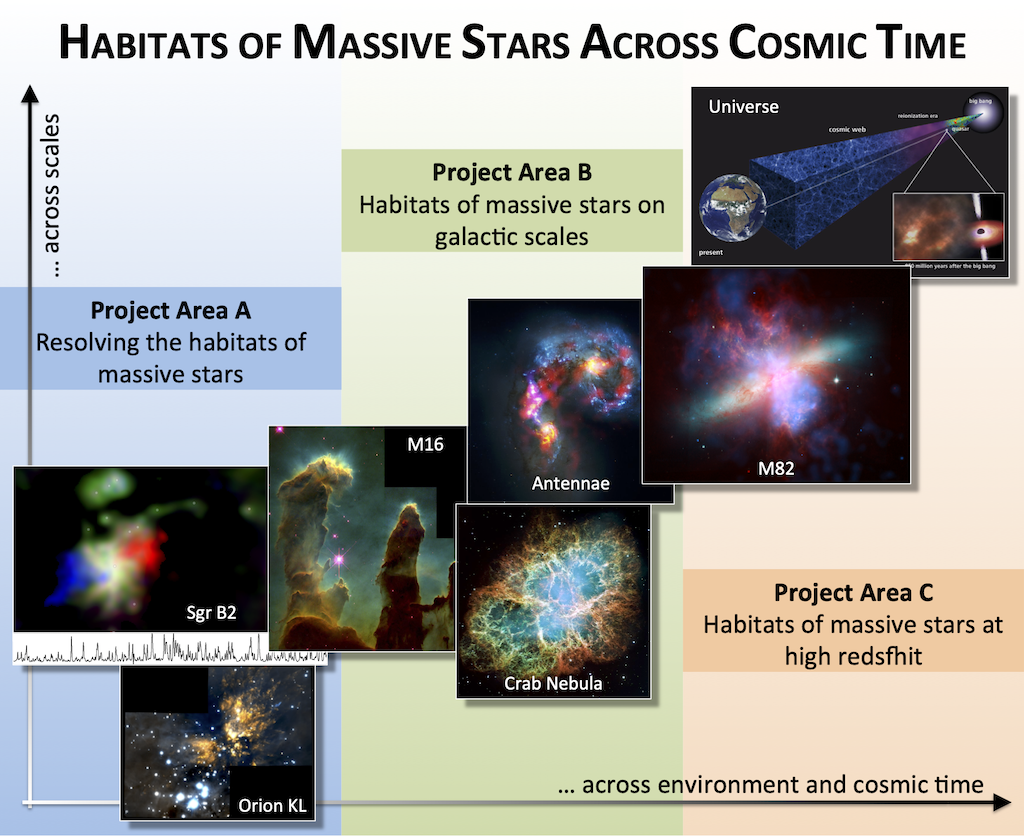
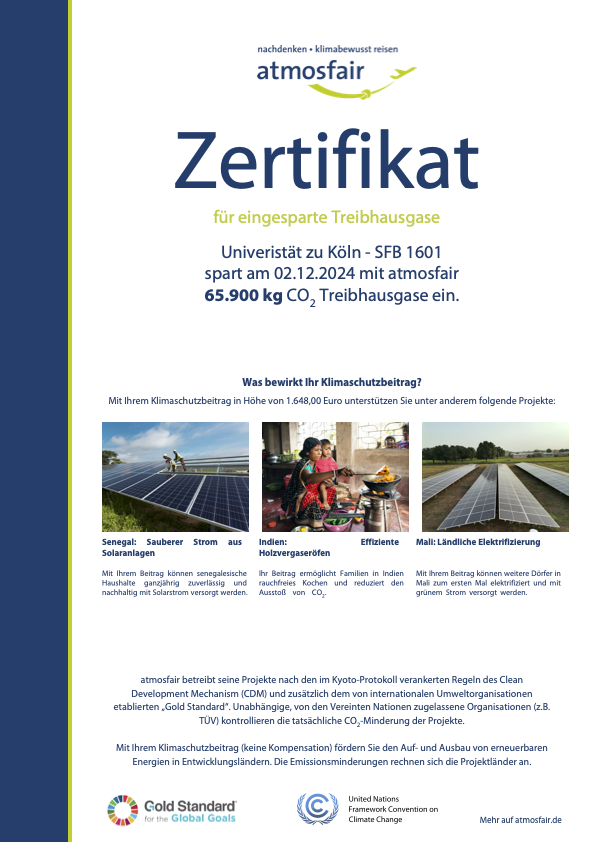

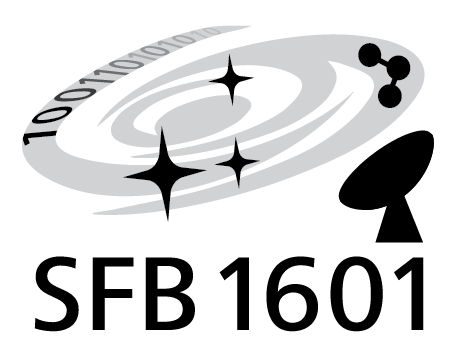
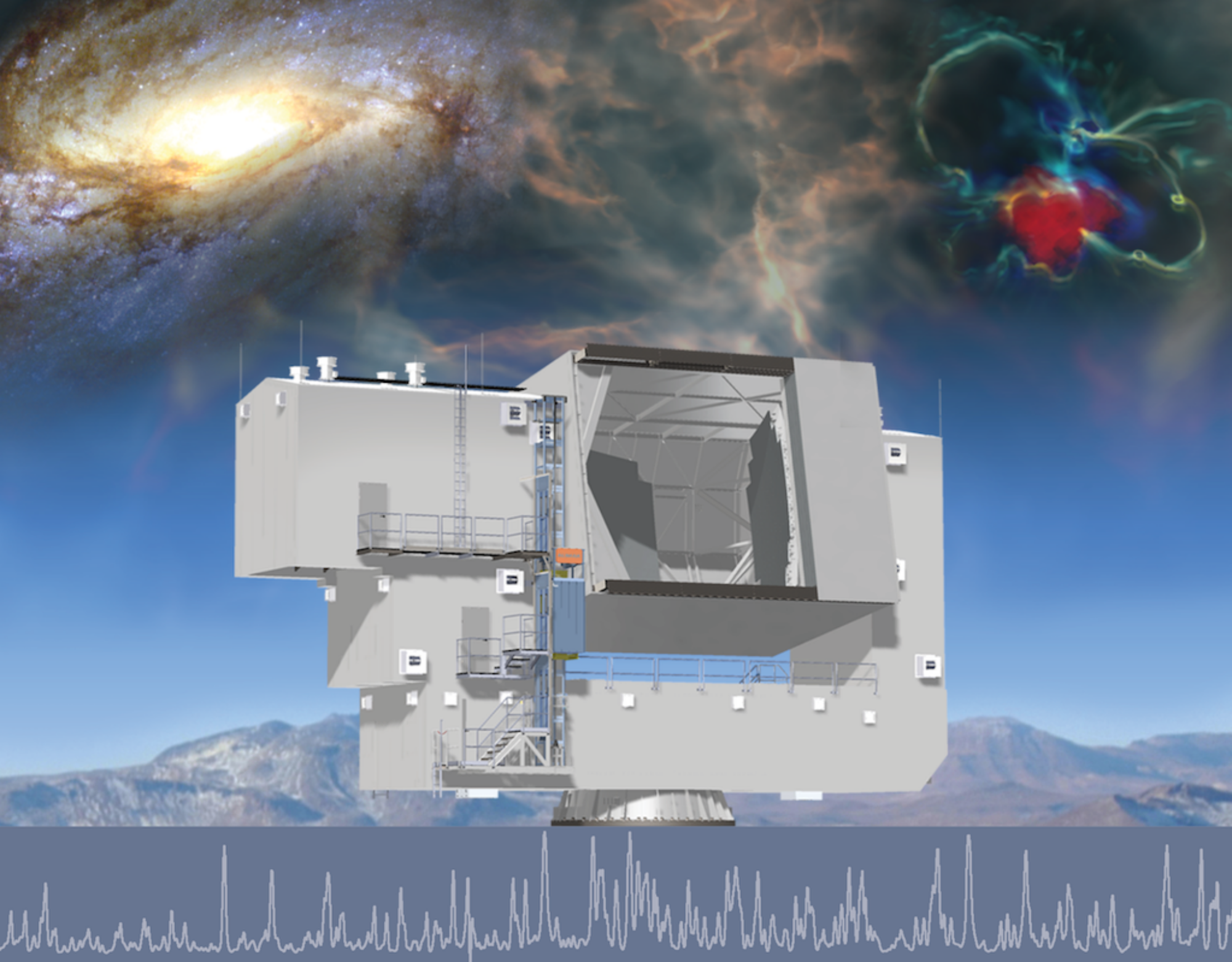
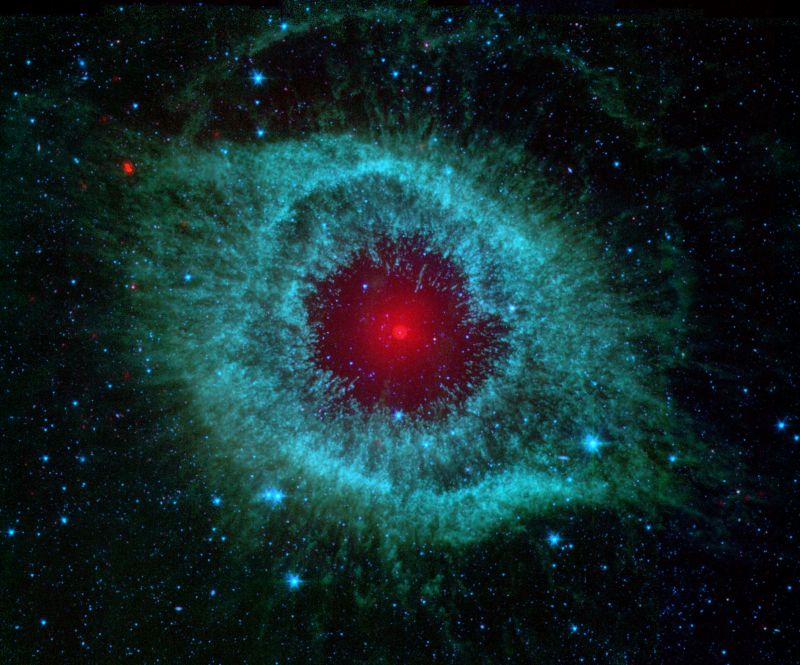
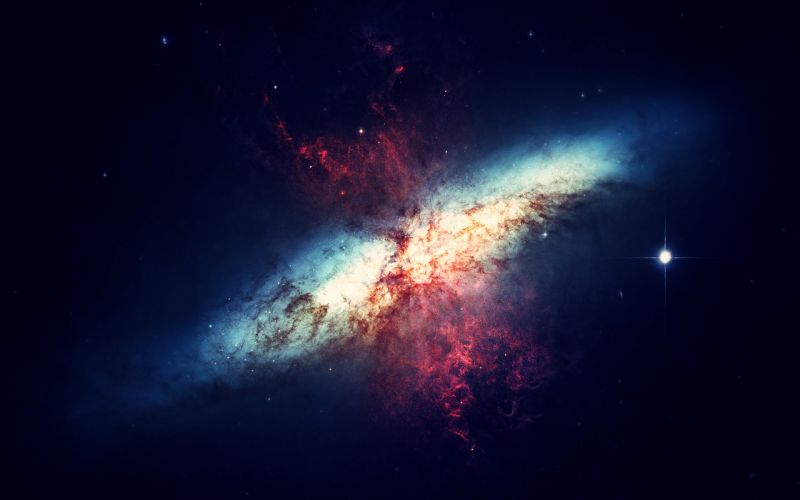
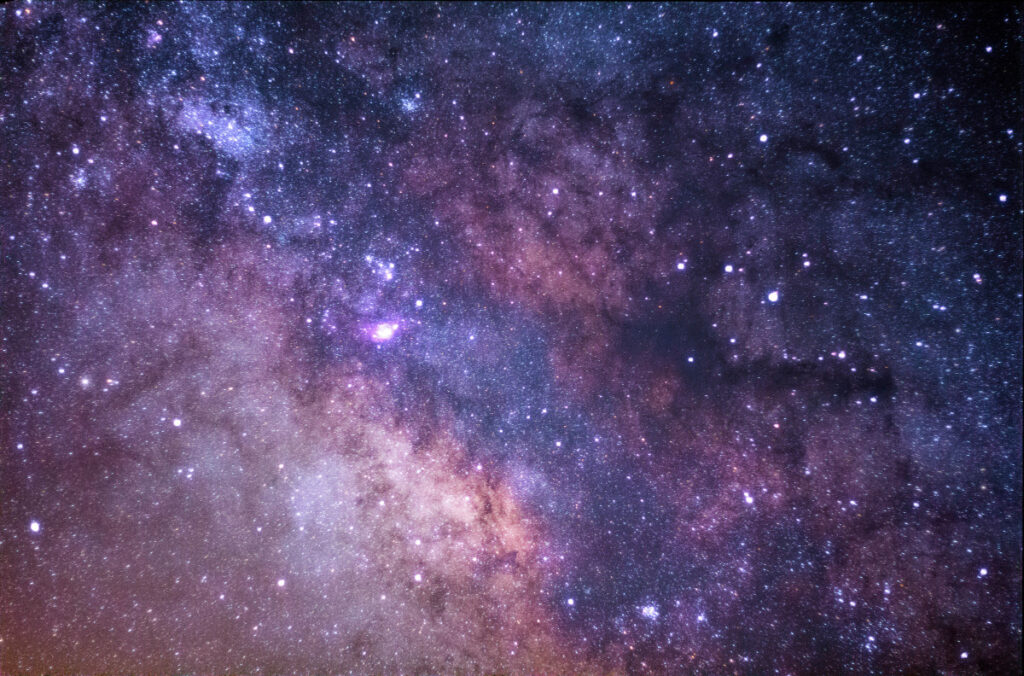
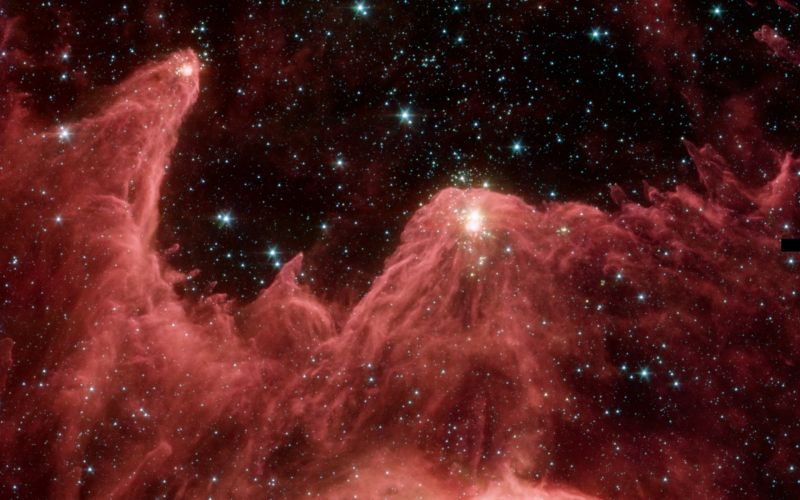

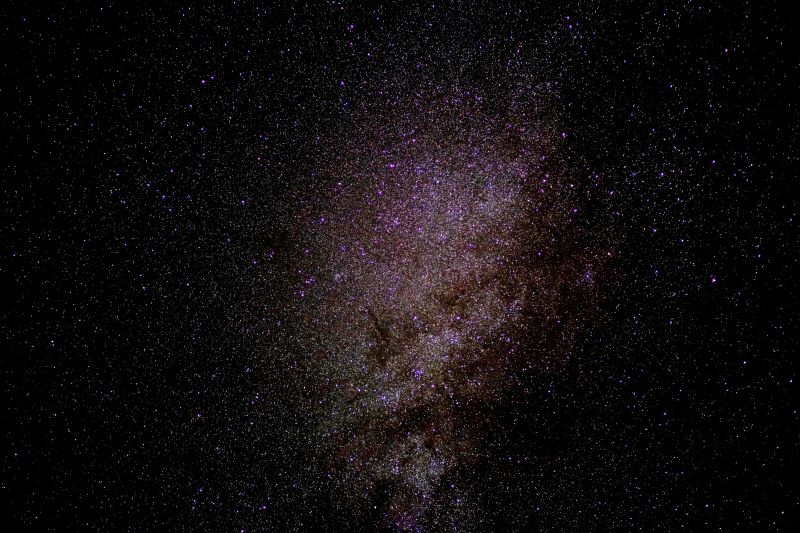
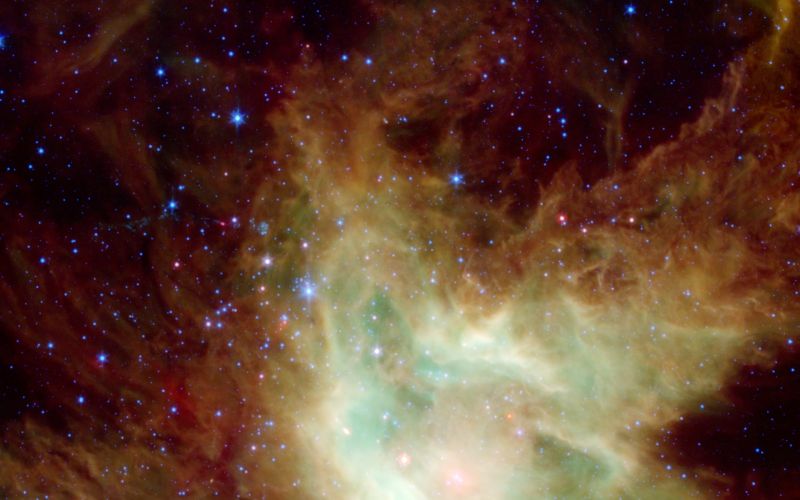
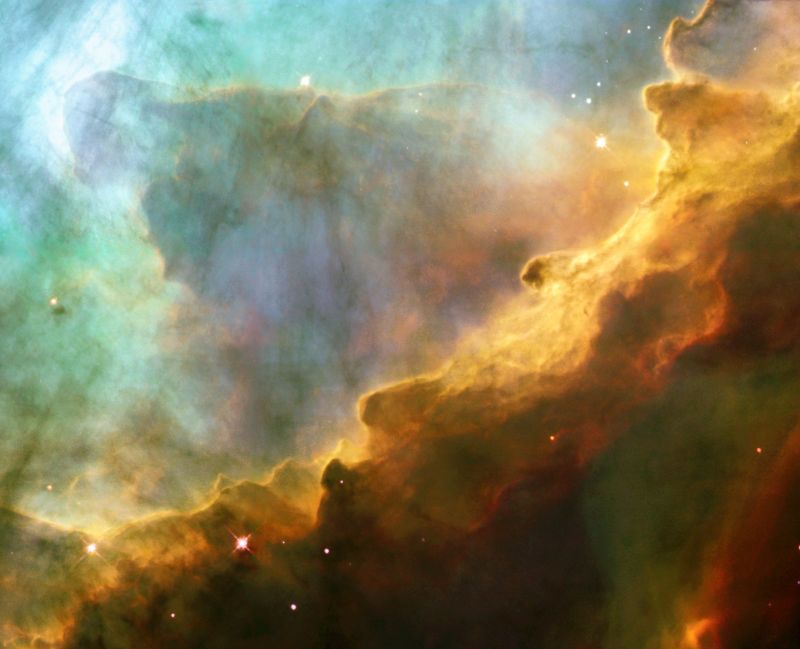
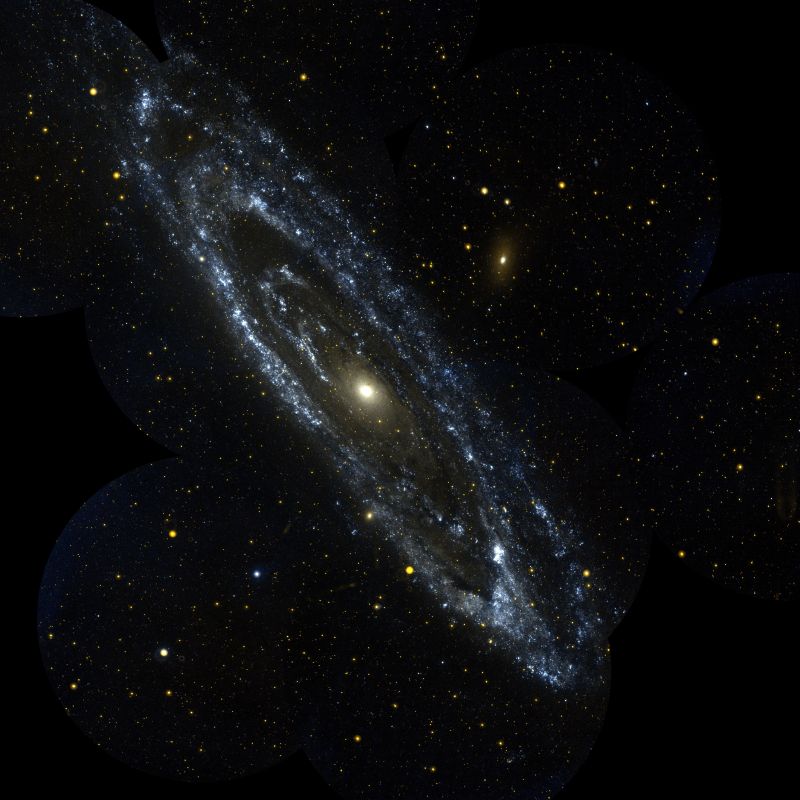
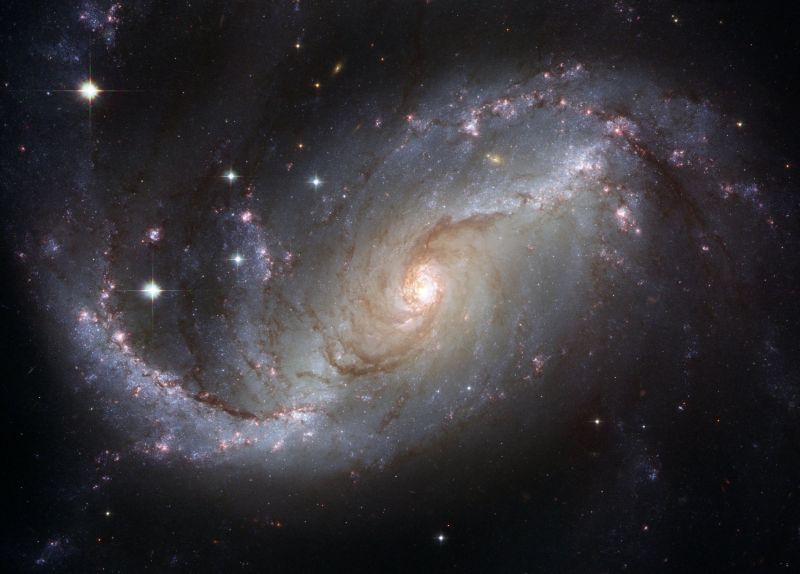

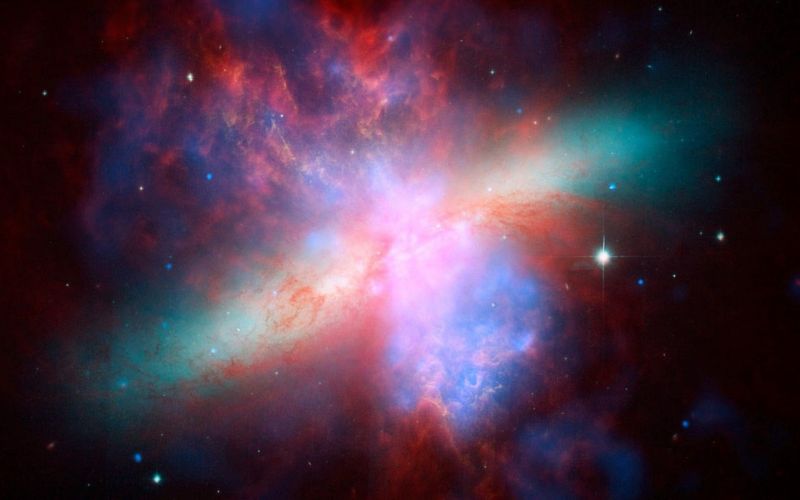
![C5: Does the [CII]-molecular gas relation evolve over time? (Prachi Khatri)](https://sfb1601.astro.uni-koeln.de/wp-content/uploads/2025/07/SFB_C5_figure.png)